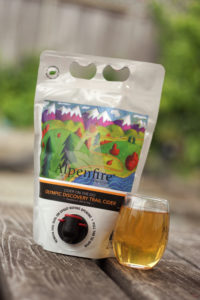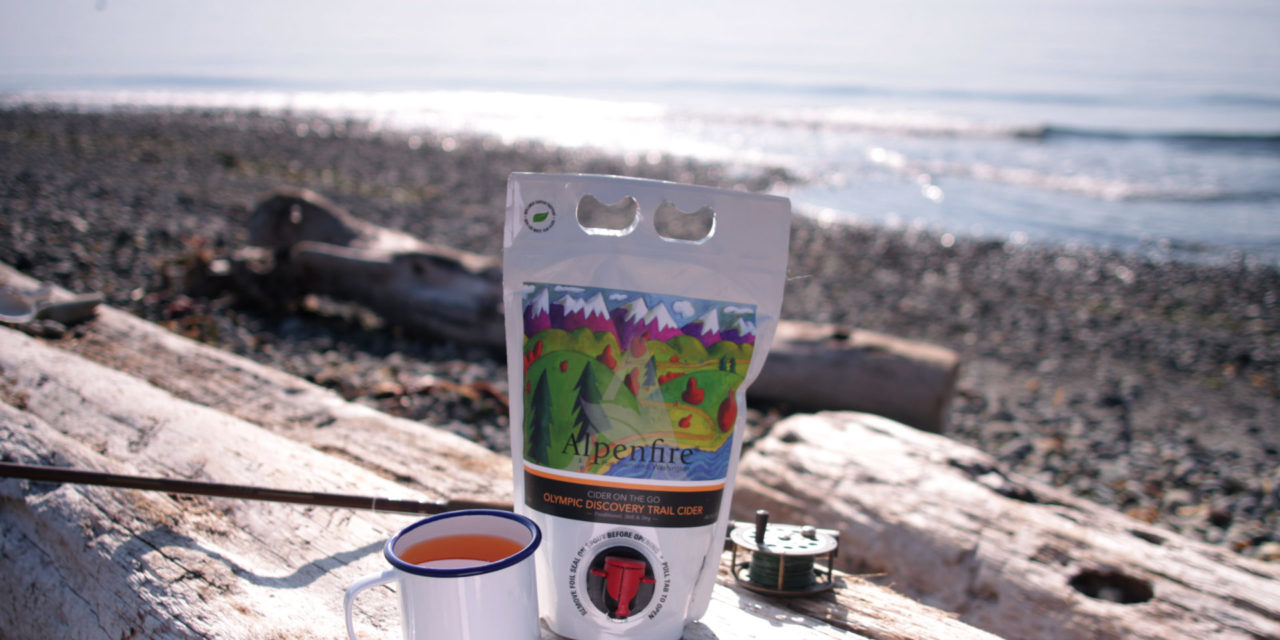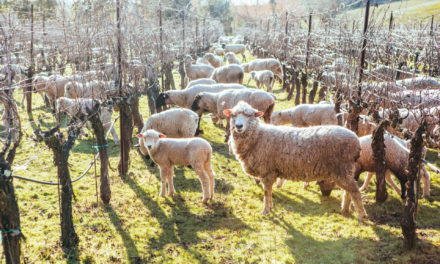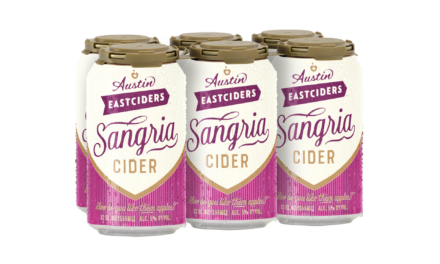Cider and wine packaging hasn’t changed much in the last 300 years. Up until the 20th century, it was all glass bottles and corks. Fizzy things got crown caps or corks and cages; later still came bag-in-box formats and plastic stand-alone pouches. In the case of wine, these alternate options generally meant the contents were mass market and uncomplicated—perfect for dorm room parties, bonfires on the beach, or on the sidelines of your kid’s soccer game, but not something you’d expect to find in a fine dining setting.
That’s begun to change. In the last several years, restaurants such as the Michelin-starred St. John’s in London have been boxing up quality wines from small producers under their own label. Micro-negociant Andrew Nielsen has taken to packaging his vin du soif label, Du Grappin, in 1.5-liter pouches he calls “bagnums.” He thinks the format well suited for easy-drinking, well-made wines from the Macon and Beaujolais regions that aren’t meant for aging. Now, fine cider makers have also discovered this innovative packaging approach.
 The numbers are small so far, in part because carbonation and bagnums aren’t a good fit, and still cider is a bit of a rarity in the states. But for a producer that does have a still cider in its portfolio, the potential advantages are clear. Bagnums weigh considerably less than glass bottles and are less expensive as well. This reduces both shipping and production costs, savings that can then be passed on to a consumer, a plus at the end of the category where prices tend to be higher than average. An additional benefit is shelf stability after opening, as oxygen is largely excluded from the bag even as it’s emptied.
The numbers are small so far, in part because carbonation and bagnums aren’t a good fit, and still cider is a bit of a rarity in the states. But for a producer that does have a still cider in its portfolio, the potential advantages are clear. Bagnums weigh considerably less than glass bottles and are less expensive as well. This reduces both shipping and production costs, savings that can then be passed on to a consumer, a plus at the end of the category where prices tend to be higher than average. An additional benefit is shelf stability after opening, as oxygen is largely excluded from the bag even as it’s emptied.
“Our on-premise accounts really like it,” says Philippe Bishop of Alpenfire Cider, which has been making still cider every vintage since opening in 2008. “The bagnum makes it easy to extend their glass-pour programs with much less risk.” Located on Washington’s Olympic Peninsula, Alpenfire also loves the bag’s easy portability, a benefit in such an outdoors-oriented area. The cidery encourages this connection by committing a portion of the sales of their bagnum-packaged Discovery Trail Cider to the nonprofit Peninsula Trails Coalition for the creation and maintenance of the 140-mile-long Olympic Discovery Trail.
The idea of outdoor enjoyment has also been embraced by early-adopters at Farnum Hill Cider (Lebanon, NH), Treehorn Cider (Marietta, Ga.), and Milk and Honey (St. Joseph, Minn.). “Consumers are excited by the possibility of taking a great cider along on their outdoor adventures,” says Milk and Honey co-founder Peter Gillitzer. “And if a cider is meant to be fresh and approachable, the packaging should reflect that.” And, while not every cider shines in a still style, Gillitzer feels his Golden Russet single varietal, released in summer 2019, with its higher ABV (9.8 percent) and bright, balanced acidity, is just about perfect.
Whether one is contemplating a picnic in the park or a glass with a well-crafted restaurant meal, creative packaging such as the bagnum has the potential to take the availability of quality drinks to a new level.











